Andy’s in the basement, and Cy Twombly is on top, in a room designed specially for him. Fitting, I suppose, given Warhol’s condition.
Just kidding.  On my way back to New York from Salzburg last week, I stopped for a day (well, most of a day) in Munich, where among other things I made a visit to its newest art attraction: The Brandhorst Museum. Situated near the three Pinokotheks — Alte, Neue and Moderne — it’s where I learned about the above arrangement.
On my way back to New York from Salzburg last week, I stopped for a day (well, most of a day) in Munich, where among other things I made a visit to its newest art attraction: The Brandhorst Museum. Situated near the three Pinokotheks — Alte, Neue and Moderne — it’s where I learned about the above arrangement.
The Brandhorst opened last May, and adds a hefty collection of some 700 contempory art works to Munich’s art scene.
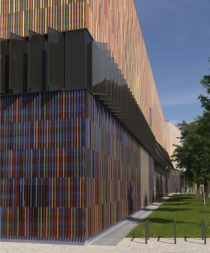 Like many new museums — this one founded by Udo Brandhorst and his late wife Anette, who gave their collection to Bavaria provided the state erected galleries for it — the building is a big part of the attraction. Designed by Sauerbruch Hutton architects, it’s adorned with three sets of vertical ceramic rods, glazed in 23 colors, from light pink and yellow to deep violet and blue. It’s meant to look like an abstract painting. While it’s definitely different from its environment — there’s no other colored building in sight — the box structure fits in. No Denver-like statements here.
Like many new museums — this one founded by Udo Brandhorst and his late wife Anette, who gave their collection to Bavaria provided the state erected galleries for it — the building is a big part of the attraction. Designed by Sauerbruch Hutton architects, it’s adorned with three sets of vertical ceramic rods, glazed in 23 colors, from light pink and yellow to deep violet and blue. It’s meant to look like an abstract painting. While it’s definitely different from its environment — there’s no other colored building in sight — the box structure fits in. No Denver-like statements here.
And say what you will about the white-cube concept for galleries, it works well for this collection.
[Read more…] about Add This To Your Art Itinerary in Munich: The Brandhorst Museum

 This chat, hosted by Krista Tippett, of Speaking of Faith, seemed to be more substantial than the last one, which was on design, but I noticed the same problem — people talking all around an issue and at cross-purposes. It’s the nature of online discussions.
This chat, hosted by Krista Tippett, of Speaking of Faith, seemed to be more substantial than the last one, which was on design, but I noticed the same problem — people talking all around an issue and at cross-purposes. It’s the nature of online discussions.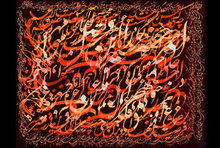
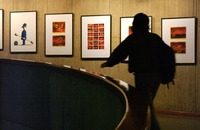
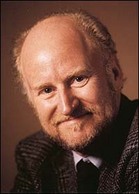 Before sitting down to comment on Rocco Landesman’s plan to take a whistle-stop tour of arts places and arts spaces across the U.S., I thought I’d better read the whole
Before sitting down to comment on Rocco Landesman’s plan to take a whistle-stop tour of arts places and arts spaces across the U.S., I thought I’d better read the whole 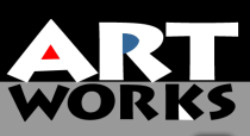 2) “Art Works” is an excellent slogan for the NEA, especially as he described it as a noun, a verb and a declarative sentence.
2) “Art Works” is an excellent slogan for the NEA, especially as he described it as a noun, a verb and a declarative sentence.